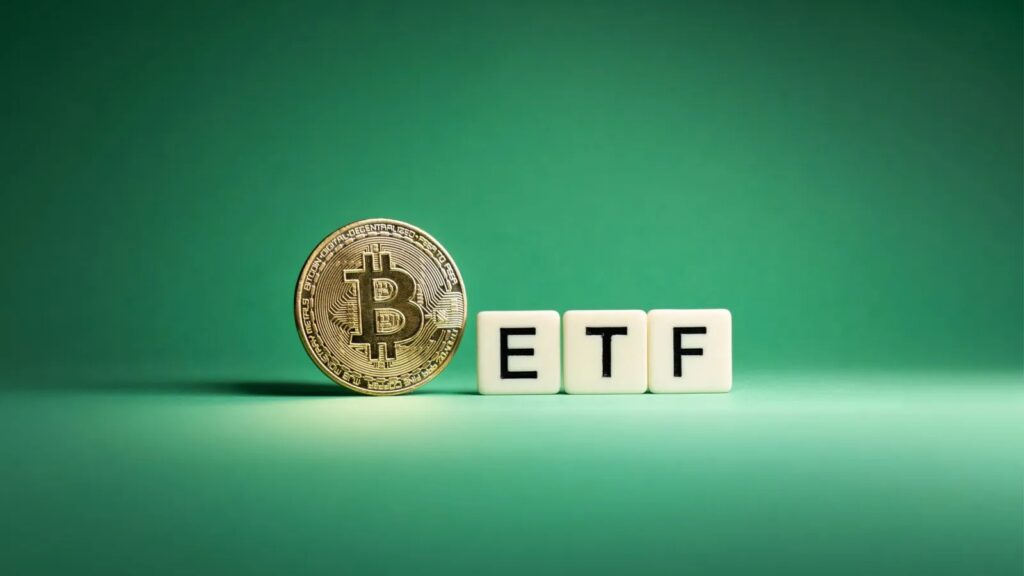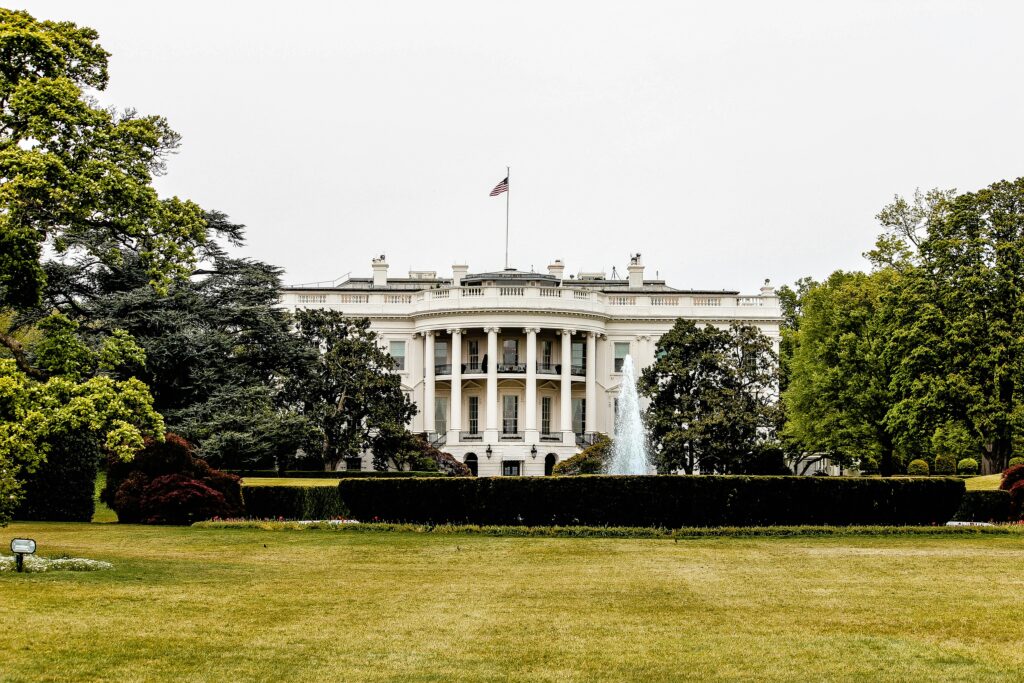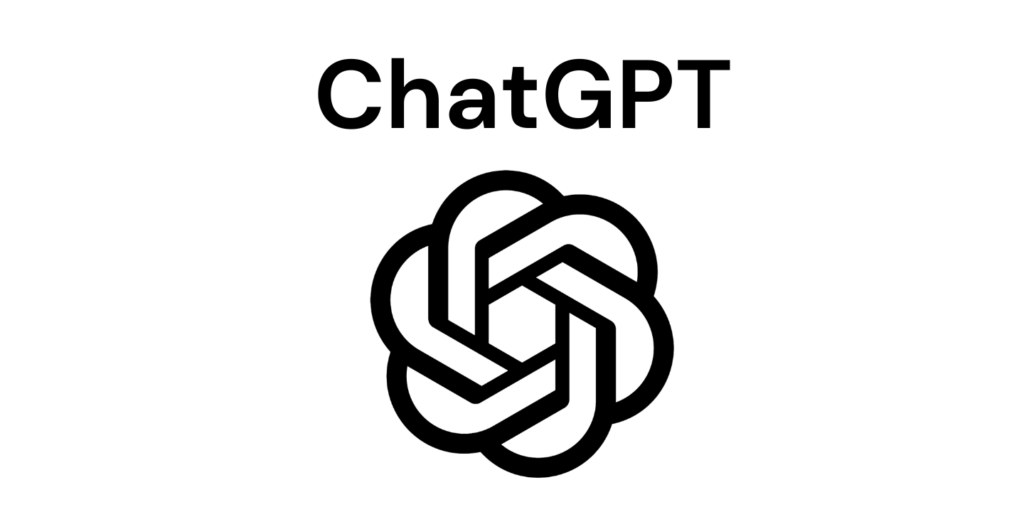Table of Contents
Preface
2024 became a pivotal moment for the industry of digital assets and blockchain technology as it has opened the possibilities of adoption in the mainstream after being heavily scrutinized in the recent past due to the total collapse of FTX and its contagion within the ecosystem that saw many custodians, exchanges, and even a bank fail. This was the worst possible outcome to happen to this burgeoning sector that had generated so much anticipation for a freer and fairer alternative to traditional finance, which could always be online and not be taken off by a central authority.
Despite these setbacks, the industry has grown stronger and proved that this was not a one-hit fad that would soon be seen as another attempt at Beanie Babies mania.
Digital Assets Primer
As a primer, digital assets are typically known, today, as assets that are both created and stored digitally, but also tied to blockchain or cryptocurrencies. Bitcoin was the catalyst for this industry and still leads very much of its interactions with traditional financial institutions as well as a straightforward concept regarding digital scarcity. Next, Ethereum pioneered the idea of programmable money, enabling complex financial interactions through smart contracts that can autonomously execute coded conditions and manipulate data on the blockchain. With these innovations, the growth of other use-cases, such as decentralized finance and decentralized prediction markets, can add to the diverse array of products offered by traditional services as well as conjure new ones up by ambitious entrepreneurs.
The Burning Question
How do these products tie into Wall Street and potentially, the broader policies of future US presidential administrations in the bipartisan call for reshoring innovation and industries?
4 Pivotal Events that can change the Global Financial System
1. The Bitcoin ETF Approval in the United States

The setup of the first series of Bitcoin ETFs by the SEC in the United States signaled a shift towards sentiment leading to tangible action among Wall Street with the approval highlighting this trend among long-time critics of Bitcoin, such as Larry Fink. This in turn brought about the longest run of inflows since its launch, which showed traditional finance that there was a healthy appetite for digital assets within a variety of portfolio types.
There remains healthy skepticism for the digital asset industry as it carries very high volatility and often is perceived as a get rich quick scheme rather than an alternative asset class that some, such as the CFTC, classify as a commodity. This initial move by Wall Street led a trend among other jurisdictions, such as Hong Kong, in approving ETFs and enabling global liquidity from traditional financial markets to enter this new class of financial products.
2. The 2024 US Election

The US election has become an unexpected battleground for the future of regulatory clarity and friendliness towards innovative financial products, such as digital assets that have become the most prominent in the larger dynamic of securing voting bases between the political parties. Both Democrats and Republicans in the United States have begun to change their rhetoric from a hardline stance of digital assets being exclusively used for nefarious activities and calling for a ban or a restriction of activity to a friendlier, business-centric tone. It would also be prudent to note that there are geopolitical implications with respect to digital assets as de-globalization has become a bipartisan policy.
Currently with these considerations, there has been a noticeable vibe shift with each political party appealing to those who hold this asset class for donations as well as a proxy for younger voters, who would feel energized to go to the polls to protect their interests with the party that promises a better environment for digital assets, which is not to mention the trendsetting implications of such a move for the global economy.
With the emergence of this new interest group, the regulatory environment has shifted rapidly in the post-SVB collapse, which contributed significantly to the ETF approvals and has led to a scramble for this new class of donors that carries new levels of wealth reminiscent to the Dotcom era. In the macro perspective, you could view this as the passing of generational capital from baby boomers to younger generations that begins a new paradigm on how issues are addressed as well as how capital becomes allocated. This signals an interesting development that will have massive implications regardless of the party that wins as both pursue similar stances on economic policy after election season.
3. US Dollar Debt Crisis
Compounding the political atmosphere is the rapid rise in US debt obligations and elevated inflation owing to the fiscal deficit and fastest rate hike cycle that has left interest rates at their highest level since ZIRP (Zero Interest Rate Policy) began after the 2008 Global Financial Crisis. The climbing debt to GDP ratio has led ratings agencies to downgrade the US long term currency issuance from AAA to AA+, which could lead to investors to demand a premium for treasuries as it becomes riskier to hold.
Leaning into debt funding, recent treasury auctions showing significant buying from foreign investors, however, they continue to hold less as a percentage of treasury debt as a trend from the intense levels of borrowing. Despite this dire situation, the US Treasury has found a solution that could improve liquidity and prevent yield spikes from occurring by non-bank financial institutions (NFBIs) through enabling sufficient liquidity in crises to these NFBIs and ensure regulation to prevent enhanced risk. NFBIs also include cryptocurrency exchanges, although they represent a limited share in the market compared to their traditional peers.
As limited as their impact may be, cryptocurrency exchanges, ever since the implosion of FTX, have sought stable asset reserves to have a safety net in turbulent times. This is an interesting development in recent months as it coincides with the positioning of the Treasury to ensure funding pipelines to NFBIs for healthy liquidity in the US treasuries market as well as recent exploration into stablecoins as a means of tethering global activity to the US dollar by proxy.
Digital asset custodians can have an increased role in the broader markets and grow as the industry is projected to reach trillions of dollars in value, which would lead to an increased intertwining between traditional finance and this new wave of digital asset products.
4. Real World Asset Adoption
One of the most discussed sector of digital assets by Wall Street has been the introduction of real world assets. Real world assets can be described as digital representations of physical or traditional assets, such as equities, commodities, and even real estate. Below, Larry Fink from Blackrock summarizes the power of tokenization for traditional assets.
Why is this needed or useful?
Real world assets (RWA) can be used to enable transparency, global accessibility, and access to liquidity that would otherwise be available through several intermediaries. It enables a standardization of rules that can govern assets across multiple domains as outlined previously that can allow more activity and liquidity in those markets as well as potentially opening up new instruments for investors to use.
Wall Street has begun experimenting with their own funds that facilitate companies in the RWA sector to experiment and even endorse this new sector in digital assets with the most well-known custodian being Blackrock with its BUIDL (BlackRock USD Institutional Digital Liquidity Fund) tokenized money market fund. This represents a massive shift away from outright hostility towards all digital assets and a tacit endorsement of the potential of the sector as an addition into every traditional financial institution’s balance sheet when regulatory clarity is granted, and maturity reduces risk.
Conclusion
The digital asset landscape of 2024 stands at a critical juncture, shaped by the approval of Bitcoin ETFs, the US election’s impact on crypto policy, the ongoing US dollar debt crisis, and the adoption of real-world assets in blockchain technology. As Wall Street increasingly embraces digital assets, and as policymakers grapple with their regulatory implications, we’re witnessing the potential reshaping of the global financial system. Integration of RWAs further blurs the lines between traditional and new, creating new avenues for accessibility and innovation.
As we look to the future, the decisions made now by investors, regulators, and technologists will likely have far-reaching consequences, potentially ushering in a new era of financial technology and global economic structures that be in place for decades, if not centuries, to come.
As a note
The discussion of the US Dollar facing several issues is not an endorsement of dedollarization accelerating as the USD is still the most liquid market in the world and continues to remain significant as, even in the worst case scenario, reserve currencies have historically outlasted their issuer authority.
This will be expanded on more in a future article regarding the threat of dedollarization on Fujn Media.
If you enjoyed this post, please check out Tesla’s strategic shift here.




